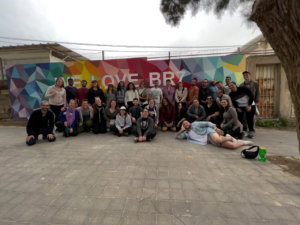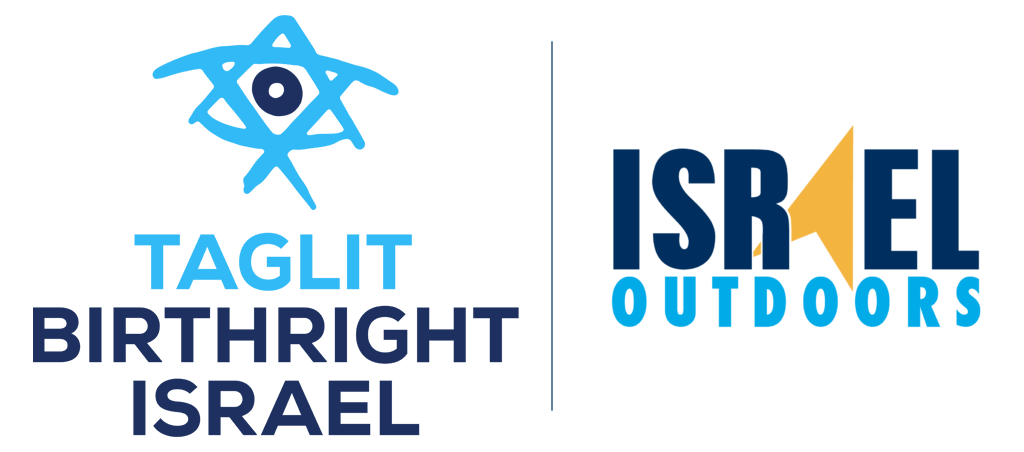TL-45-103/79 Update 8
We left Jerusalem, and arrived at Anim Synagogue, an ancient ruin from the first millennium of the common era. It was surrounded by Yatir Forest, an excellent example of Israel’s success in converting desert areas into green forests. In the 1960s, the first trees had been planted by the Jewish National Fund. Today, the archaeological site and the forest are major tourist attractions, and the trees help support grasses which feed the flocks of goats and sheep that belong to local Bedouin clans that stay seasonally at Yatir.
After learning about the synagogue ruins, we took a Jeep tour to a hilltop. From our vista point, we could see newly built apartments in the distance; rows and rows of vineyards; healthy forests that chilled the air; and undeveloped, totally barren desert lands that awaited development. We also learned about Israel’s robust irrigation system for afforestation, which involves piping gray water from metropolitan areas. Israel is only one of two countries undergoing a net increase in trees, with a total of 240,000,000 trees having been planted.
Next, we moved on from the forest and arrived in Be’er Sheva, where we had a tour from Maya, a local resident focused on the arts and culture of the city. To understand Be’er Sheva, it is best to share how Maya ended the tour: a visit to the “holy triangle” where a Jewish synagogue, a Bedouin community center, and an LGBT shelter all face one another at a busy intersection. The soul of this city, like Israel itself, seemed full of contradictions — yet they all coexisted. Of course, we saw many other things as well on Maya’s tour: she pointed out architecture of many kinds and many eras, whether a historical Mandate-era structure, or a more recent Brutalist municipal building. We stopped for Moroccan sweets, alluding to the strong Mizrahi heritage of the Be’er Sheva community, and Maya also took time to educate us about the local Beta Israel (Ethiopian Jewish) community, too.
In Be’er Sheva, we bid goodbye to our Israeli companions with a discussion of what we had learned from each other. As one participant explained, not only were all 36 participants total strangers at the beginning, but some were not even from the same country. But our Jewish heritage meant we could instantly form bonds and mutual understanding. From the standpoint of a nuclear family, we were technically unrelated, yet our Jewishness meant that we all shared a grasp of the world that was profoundly consistent. From there, it was just a matter of spending the time to nurture that closeness over the course of a few days.
We made our way to Kfar Hanokdim, a destination in the Negev that focuses on the Bedouin culture. We had a delicious meal, and then gathered around to speak to Hajia Suaad, a Bedouin woman whose life was the basis for a documentary called Against All Odds in Hebrew. A mother of ten children, she was sent from her parents’ household at age fourteen in an arranged marriage. However, in her thirties, she decided to totally break with certain constraints regarding cultural taboos in Bedouin society. Having been forced to abandon her education as a teenager, she returned to school and finished her high school diploma, followed by a college degree. She went to work at a local clinic, learned to drive, and became an advocate and educator both within the Bedouin community (on behalf of women) and within the broader Israeli, Jewish, and international communities (on behalf of Bedouin).
The night finished with a bonfire, and an opportunity to meditate under the stars. There was no internet or cellular reception, giving an important chance to disconnect after several hectic days. Now, we are preparing to sleep early in anticipation of a sunrise hike in the morning.


















